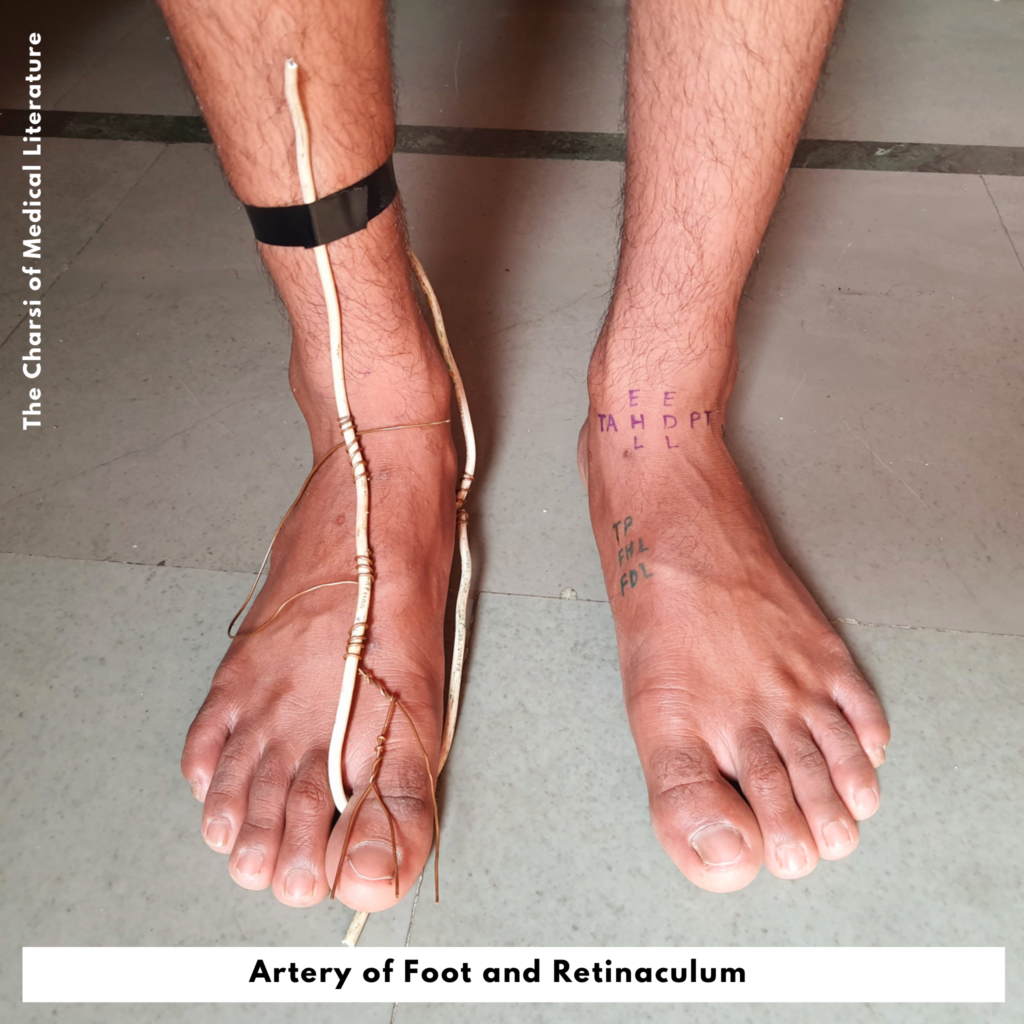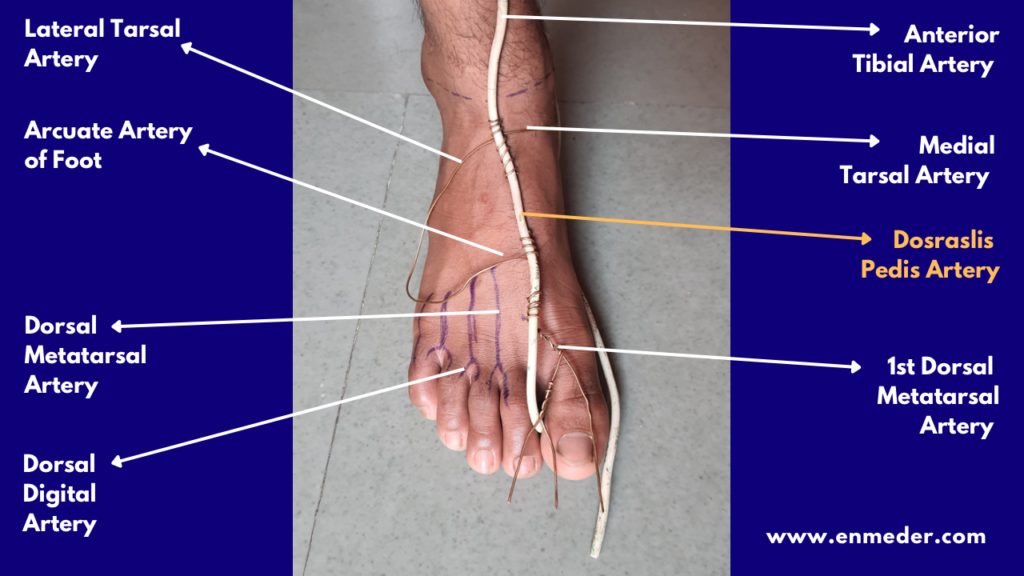Tarsal bone
7 tarsal bones – The tarsal bones are a group of seven bones in the human foot that make up the ankle and heel regions. They are located between the bones of the lower leg and the metatarsal bones of the midfoot. The seven tarsal bones are: 1. Talus2. Calcaneus 3. Navicular 4. Cuboid 5. […]









